It Still Flies
In which Norm returns to his childhood for a run through Warner's 4K SUPERMAN collection.
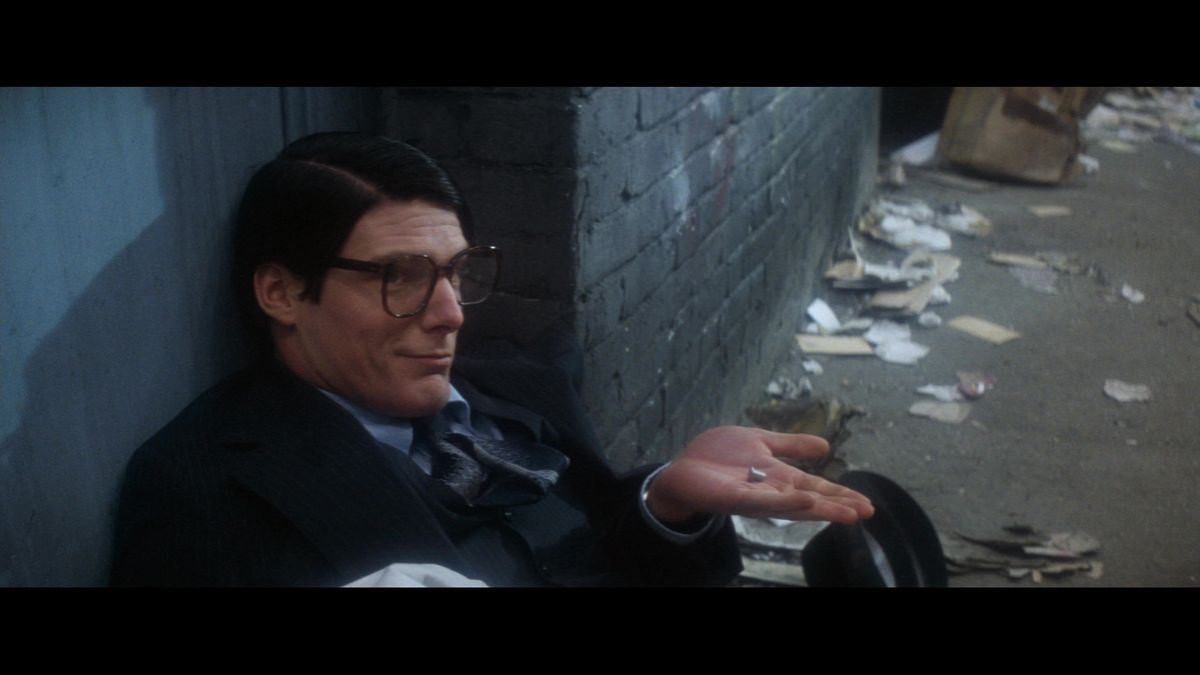
I was ten years old when I first saw Richard Donner’s Superman. I am ten years old every time I see it.
No other movie does that to me; I can revisit all the other movies I inhaled as a kid through the lens of whoever I am now, appreciating the warmth of the Brodys’ middle-aged partnership in Jaws or the way the seams on the original Star Wars make it feel more endearing as the franchise grew ever more polished, or how Back to the Future buys into certain aspects of the Reagan revolution even as it refutes the guy’s nostalgia for an America that only existed in the movies. But Superman? All critical thinking snaps off. I don’t need it. The movie’s perfect.
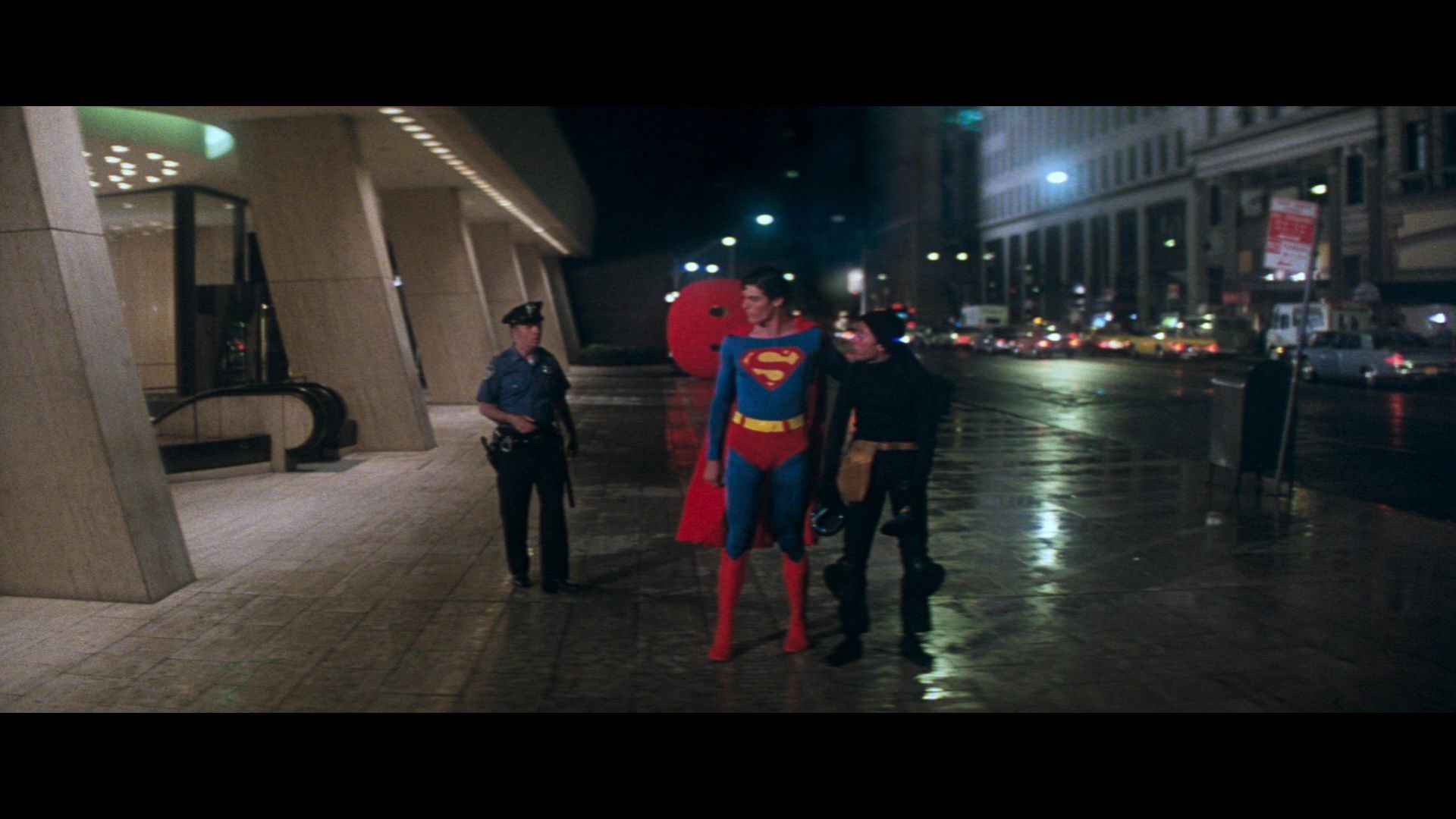
I hear John Williams’ title theme start up – excited and nervous, as if the entire orchestra just can’t wait to rip into the fanfare – and I’m snapped back to the experience of watching it for the first time, sat in the front row of a strip-mall theater somewhere in upstate New York at the late show on opening night because the snow was coming down hard and my dad wanted to wait it out. I was sleepy when we took our seats, and then I wasn’t.
Produced at a really weird time in American culture, with the mavericks who defined New American Cinema still taking wild swings as the blockbuster machinery figured itself out, Superman feels like a miracle: It’s a comic-book movie made by adults who understand that the only way to tell this story is to take it seriously. This is a picture where the hero’s father figures are a stentorian Marlon Brando in a white wig and glittery robes and the plain-spoken Glenn Ford in denim overalls, and if you snicker at either of them you’re going to get a hiding.
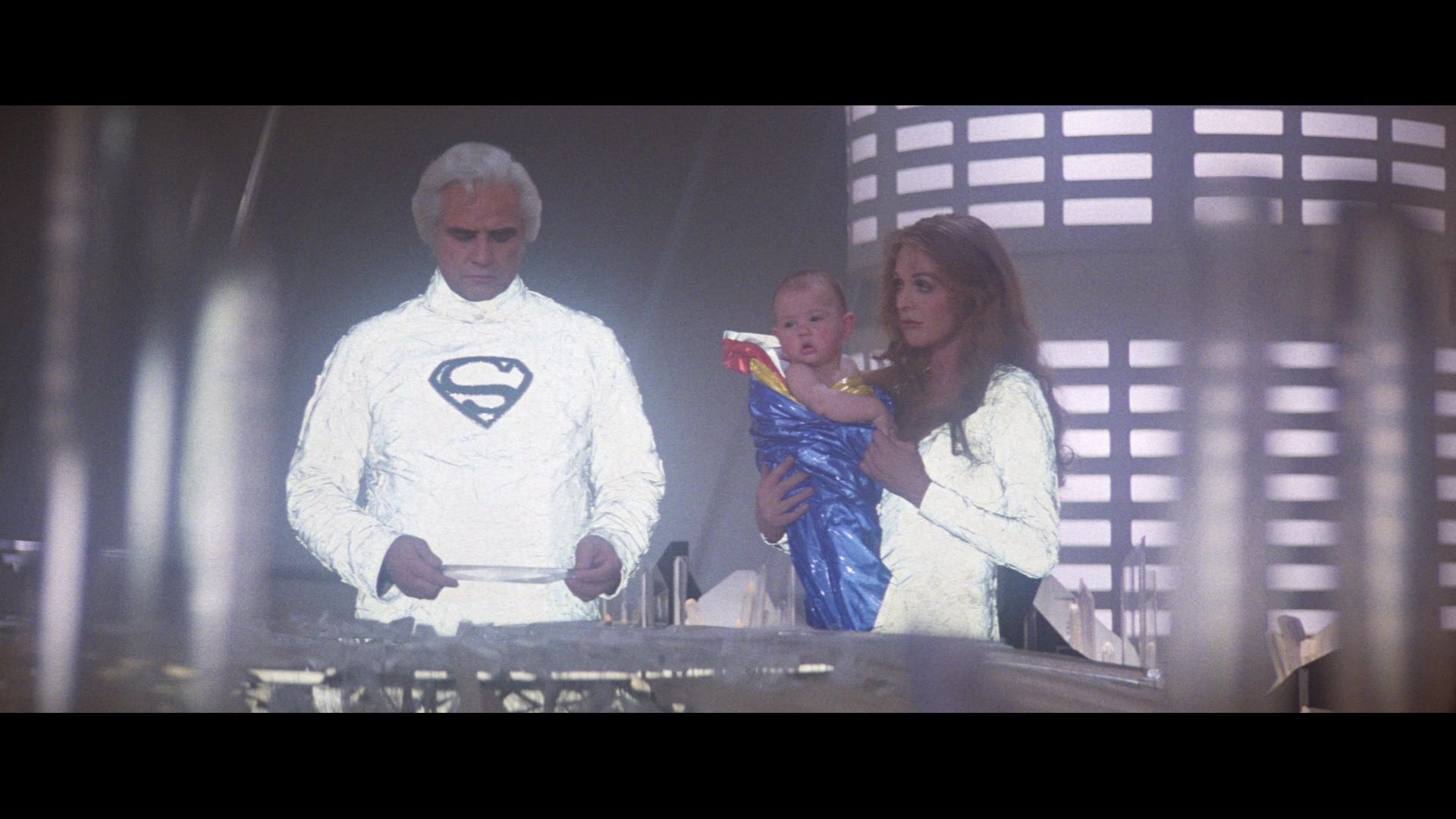
But the heaviness of the first movement – the destruction of Krypton, young Clark allowing himself to be humiliated by idiots in order to hide his powers, the sudden, awful death of Jonathan Kent, the hero’s journey north to learn his true identity and purpose – is there so Donner can throw it all away and make the rest of the picture, which is somehow a grand all-American epic, a screwball workplace comedy and a love story between a jaded reporter and a lonely alien. The sequels all struggled to replicate the crackle and zing of the Metropolis section and never made it work, largely because Christopher Reeve and Margot Kidder do something they were only allowed to do that first time around: Connect.
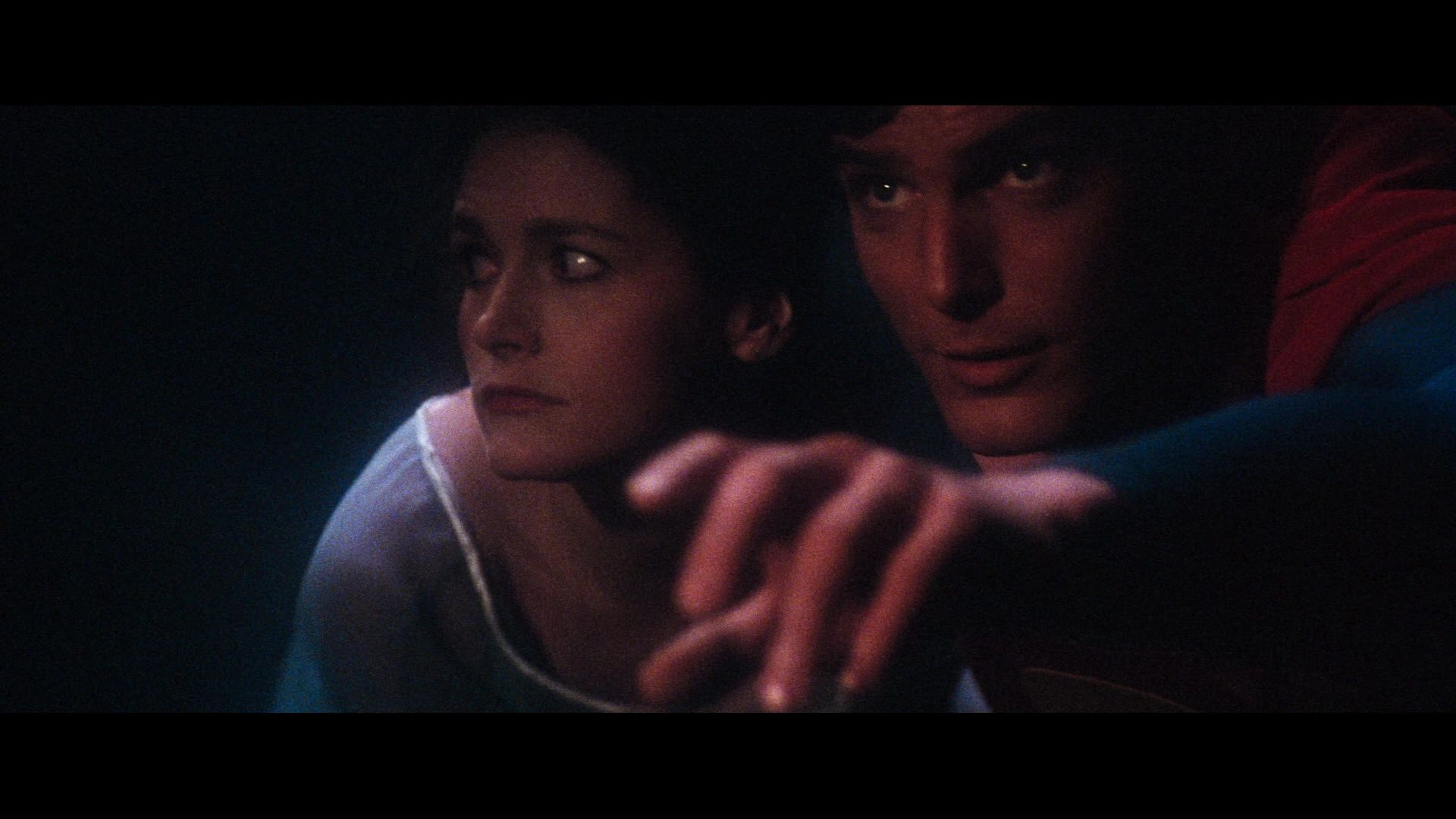
The romance between Kal-El and Lois Lane is the beating heart of Superman – and yes, nerd alert, I’m referring to him as Kal-El because his love for Lois is the one thing that’s consistent between his Clark and Superman personas. (And that’s a whole other thing, Reeve’s invaluable understanding that Superman’s charisma and confidence is what Clark Kent wants to the world to see, and the stammering, hapless Clark is the trap he’s built for himself.
That gif of Reeve shifting from Clark to Superman and back again outside Lois’ door hits me every time, because Reeve plays Kal-El’s sudden terror at the thought of what might happen next. He needs Lois to love Clark as much as she loves the man who saved her life and flew her through the clouds. Did he drop and rescue her because he wants her to see Clark as more trustworthy than Superman? Probably not, but Reeve’s performance makes us wonder.
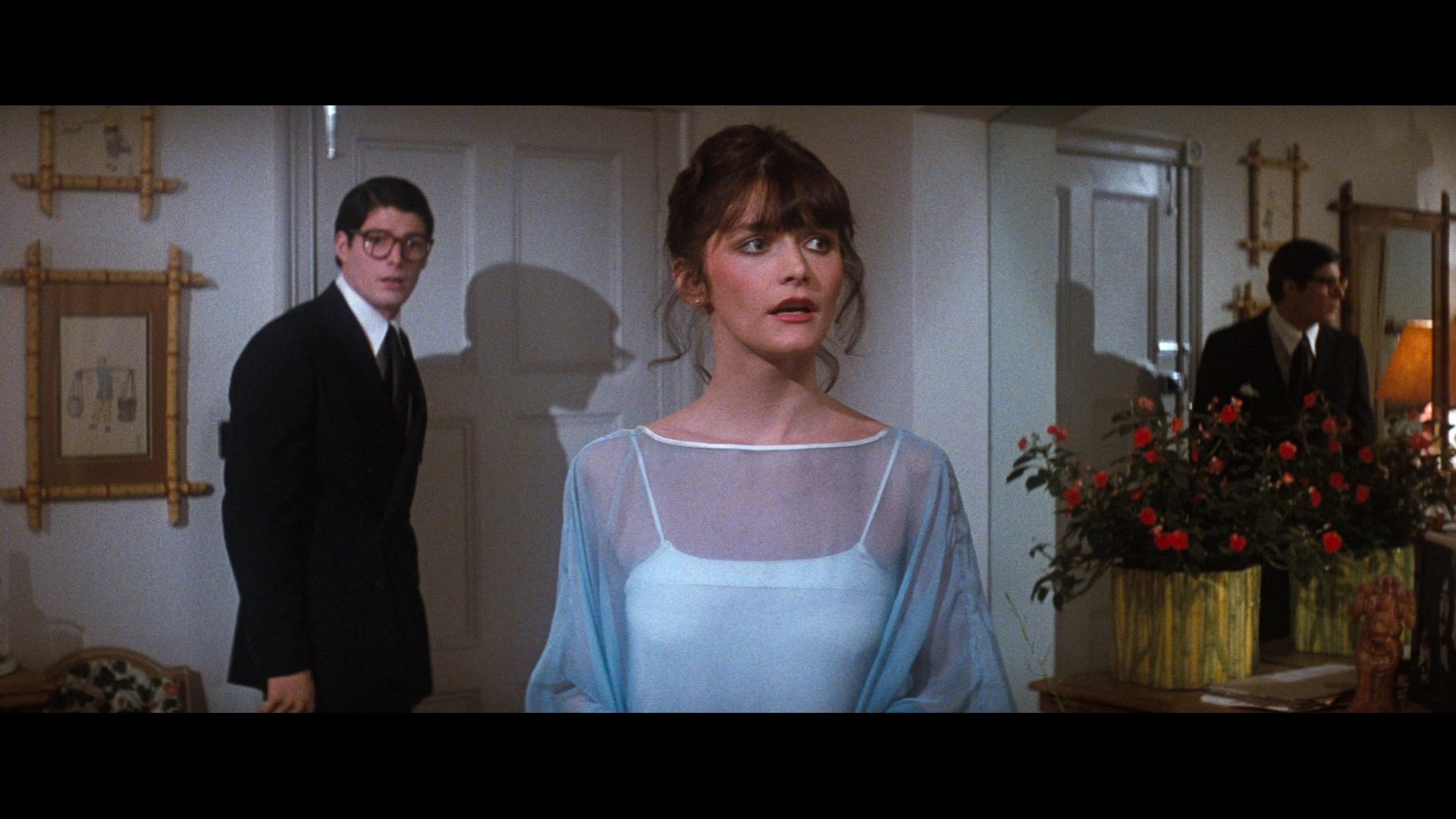
Anyway. The romance gives Superman its spine, but everything else in the movie is pretty wonderful too. John Barry’s production design gives us a Krypton made of ice and crystal, and a crowded, bustling “Metropolis” that’s just Manhattan with different signage – while still being credible as the pages of a comic book, as we see in Luthor’s entirely believable lair: Of course a man obsessed with real estate would find the perfect fixer-upper location. The Daily Planet newsroom is messy in exactly the right way, the great Geoffrey Unsworth’s camera catching people rushing for an elevator or weaving around copy boys – and as soon as it goes outside, there’s a casual pleasure in the way it incorporates a caped man into this familiar cityscape. The move to soundstages in the sequels works against the verisimilitude Donner was chasing: It’s not enough that Superman can fly, we need to believe the world he flies through is as real as he is.
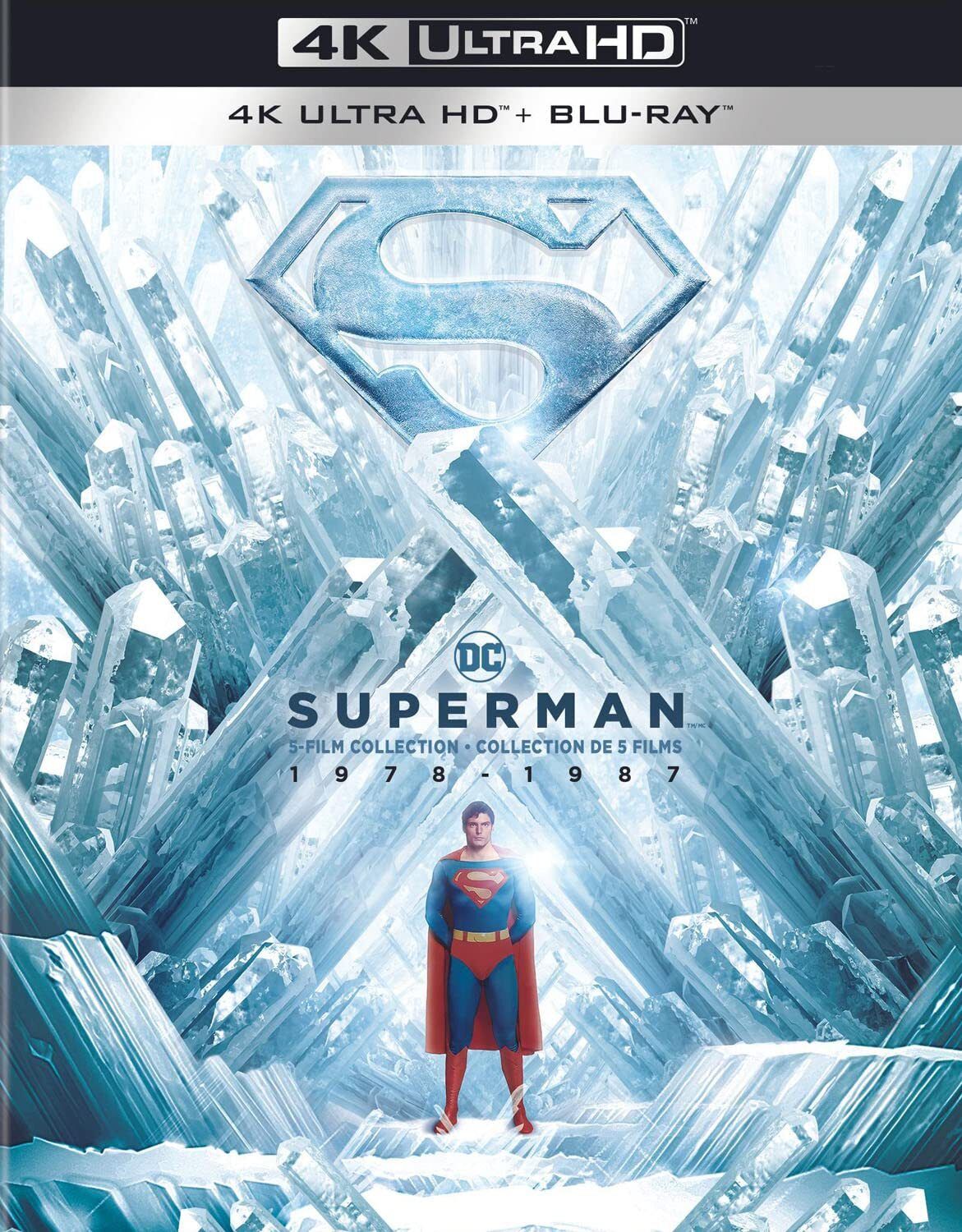
All of this comes together to make a movie I cannot evaluate critically, but which sure feels like it holds up. Certainly no other Superman movie can hold a candle to it, much as I enjoy Superman II and adore the feature-length homage of Superman Returns even if watching it now feels a little icky – thanks for nothing, Bryan Singer and Kevin Spacey. I’m guessing that’s not the main reason Warner left Returns out of its 4K Superman 5-Film Collection: 1978-1987 – the point is to focus on Reeve’s performance, I think – but a set that includes the Donner cut of Superman II should also find room for a movie that shares its spirit. Maybe the Panavision Genesis digital cinematography doesn’t hold up in Ultra High Definition, who knows.
What the set does contain is the one true Superman – presented in a slightly different version from its previous 4K/Atmos release, the secondary Dolby Digital 5.1 track swapped out for a DTS-HD 2.0 “Original Theatrical” stereo mix – and, first-time 4K releases of all three sequels and Richard Donner’s 2006 restoration of Superman II. Each disc is accompanied by the corresponding Blu-ray from Warner’s 2011 Superman Motion Picture Anthology boxed set, offering the feature and its supplements; if you have that set, you’ll want to hang onto it for the BDs of the extended version of Superman, Superman Returns and the bonus documentaries, none of which is included in this collection.
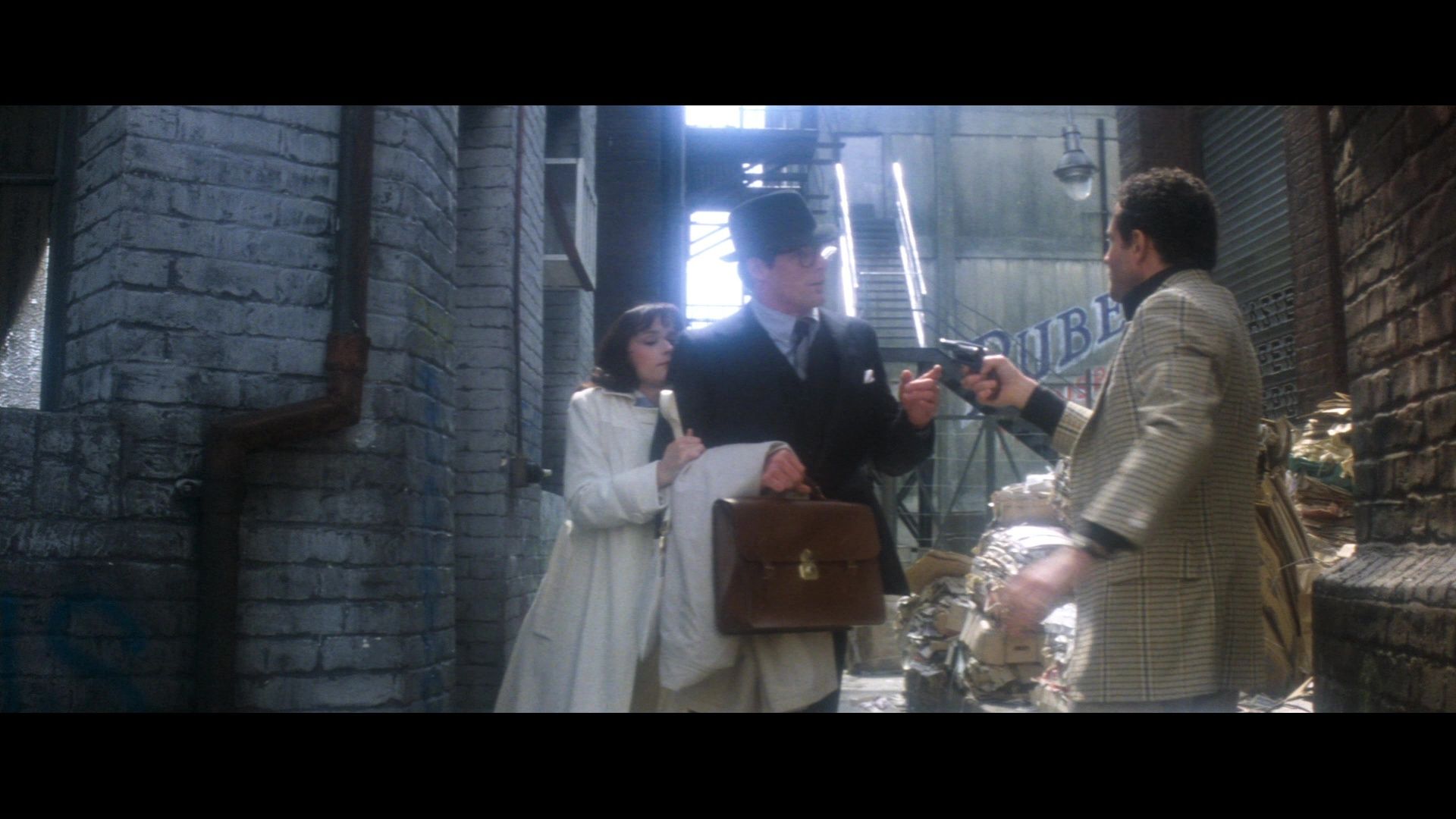
The UHD remastering brings out the best and worst in the movies; Unsworth’s work on the first two films has a lot of the fog-filter aesthetic that was popular in the late ’70s, and it’s here in full force. But there’s also a crispness to the Metropolis sequences, especially at night, that comes through just as strong. The additional resolution can’t help but expose the limitations of the film’s effects – some of the miniature work in the climax, like the Hoover Dam bursting or the San Andreas fault opening up, is more obvious here than it’s been in 45 years. But the mostly practical helicopter sequence is incredible, focused as it is on Kidder’s entirely relatable terror and subsequent amazement when Superman shows up.
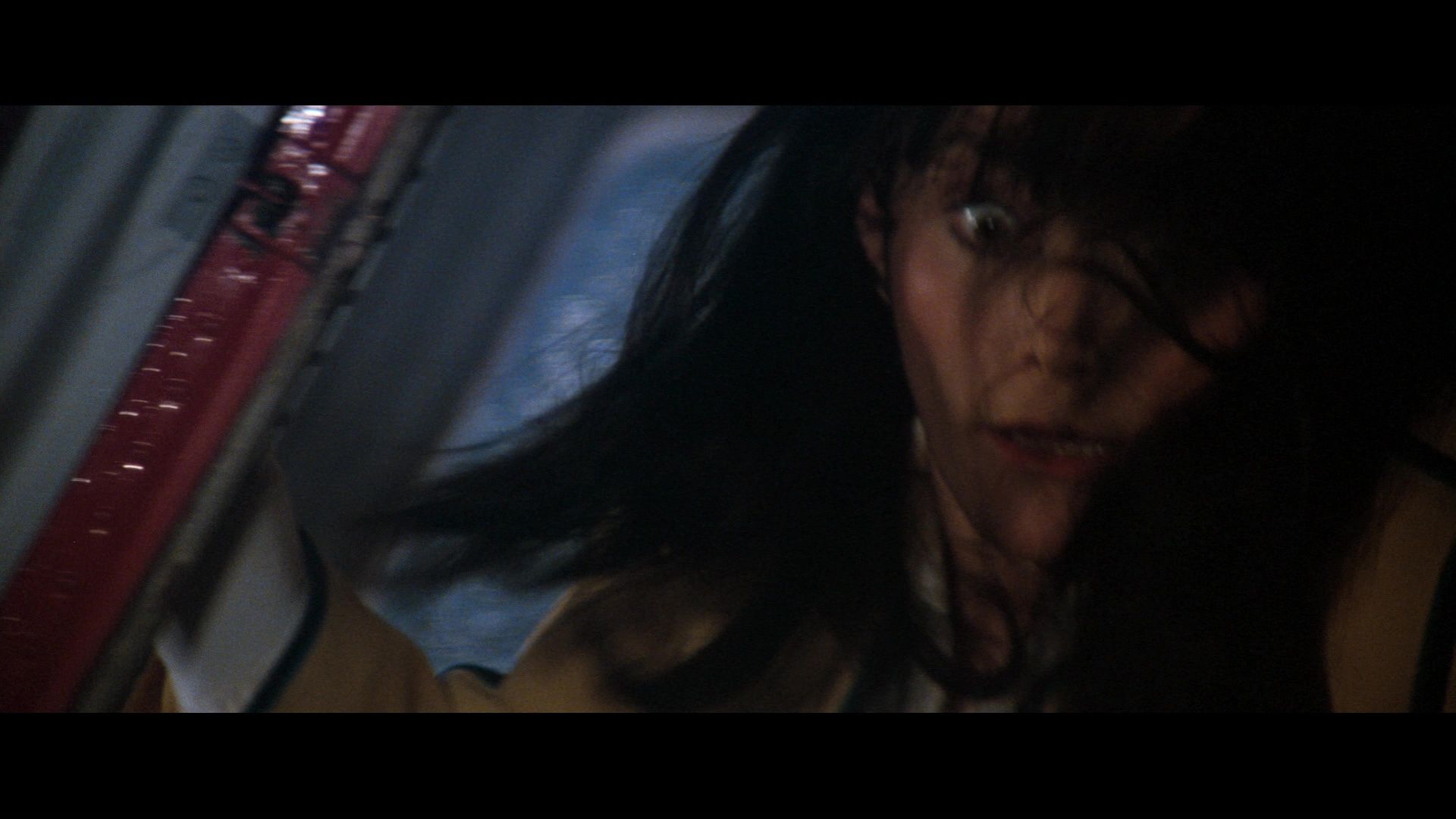
(Another thing I love about the first movie is Donner’s delight in the Rube Goldbergian escalation of annoyance into chaos, and the idea that Superman works just as hard to rescue people from accidents as he does from supervillain plots – something Lester played with in Superman III’s delightfully low-stakes title sequence, and which Singer brought back in Returns for the spectacular shuttle sequence.)
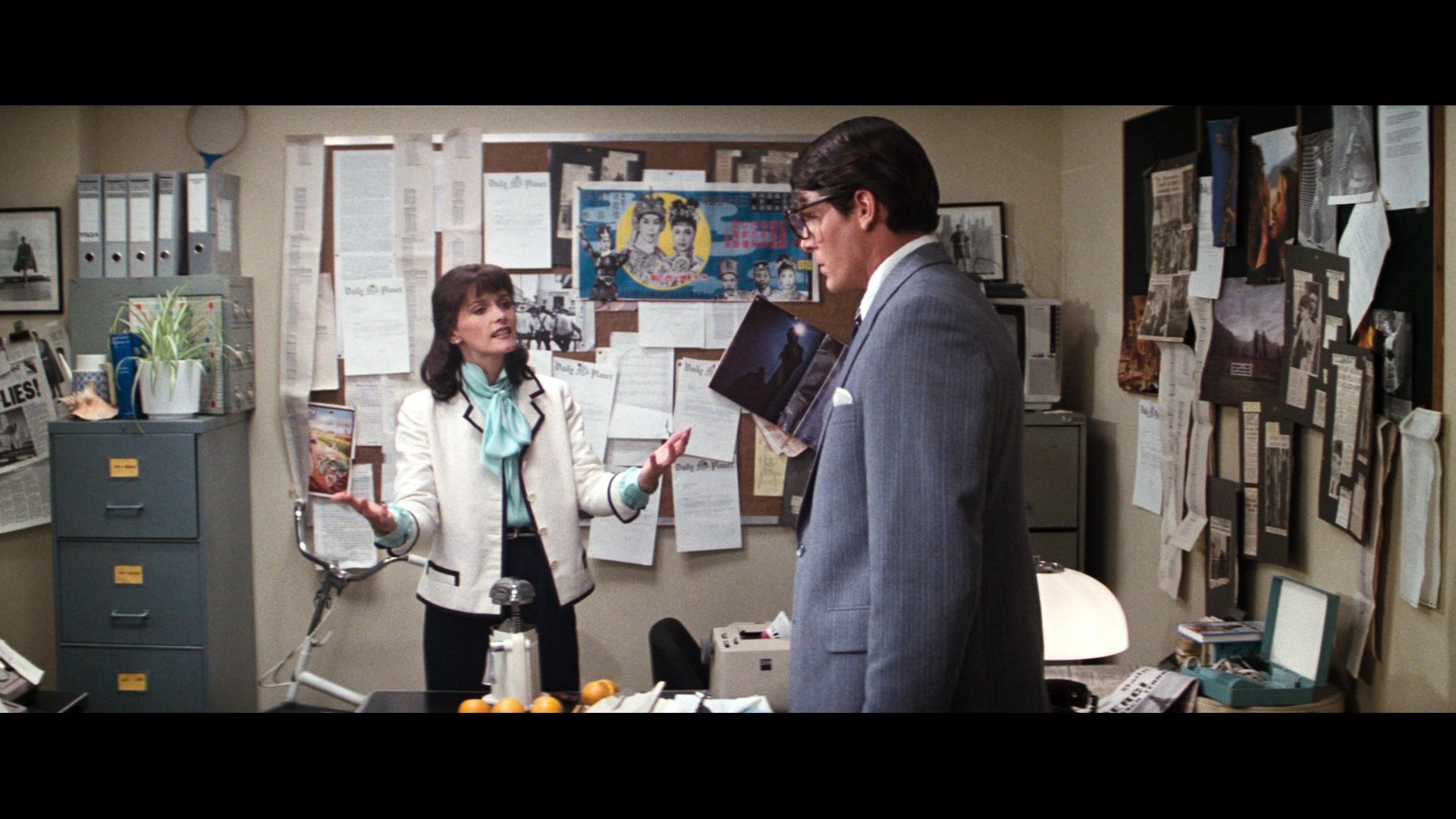
The two versions of Superman II are fascinating when viewed back-to-back, both trying to deal with the central structural problem of our hero missing out on the arrival of Team Zod because he’s taken Lois to the Fortress. The Niagara Falls sequence is a distraction (and feels even more so in Donner’s cut, which lacks the highs of the Eiffel Tower sequence that opens Lester’s movie), though it it does give us Reeve’s best moments in either version, when Lois finally proves Clark Kent is Superman and Reeve plays out Kal-El’s whole arc of surprise, annoyance and sheepish acknowledgment before finally relaxing into his full self in front of her.
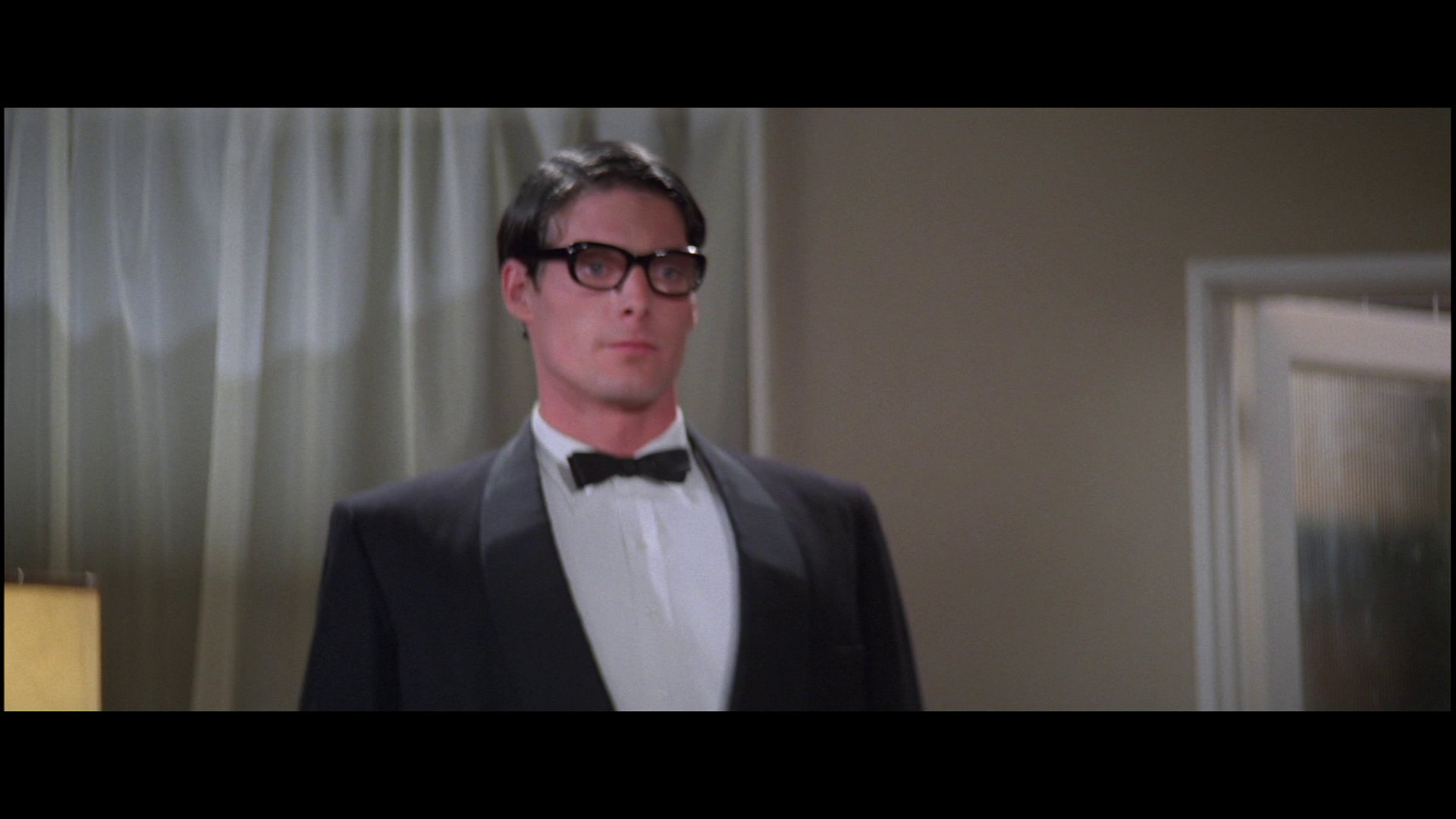
Even though the Donner cut reconstructs its scene from Reeve and Kidder’s screen tests – and the attendant shift in quality is even more striking in UHD – it’s clear Reeve’s take on the character was there from the start.
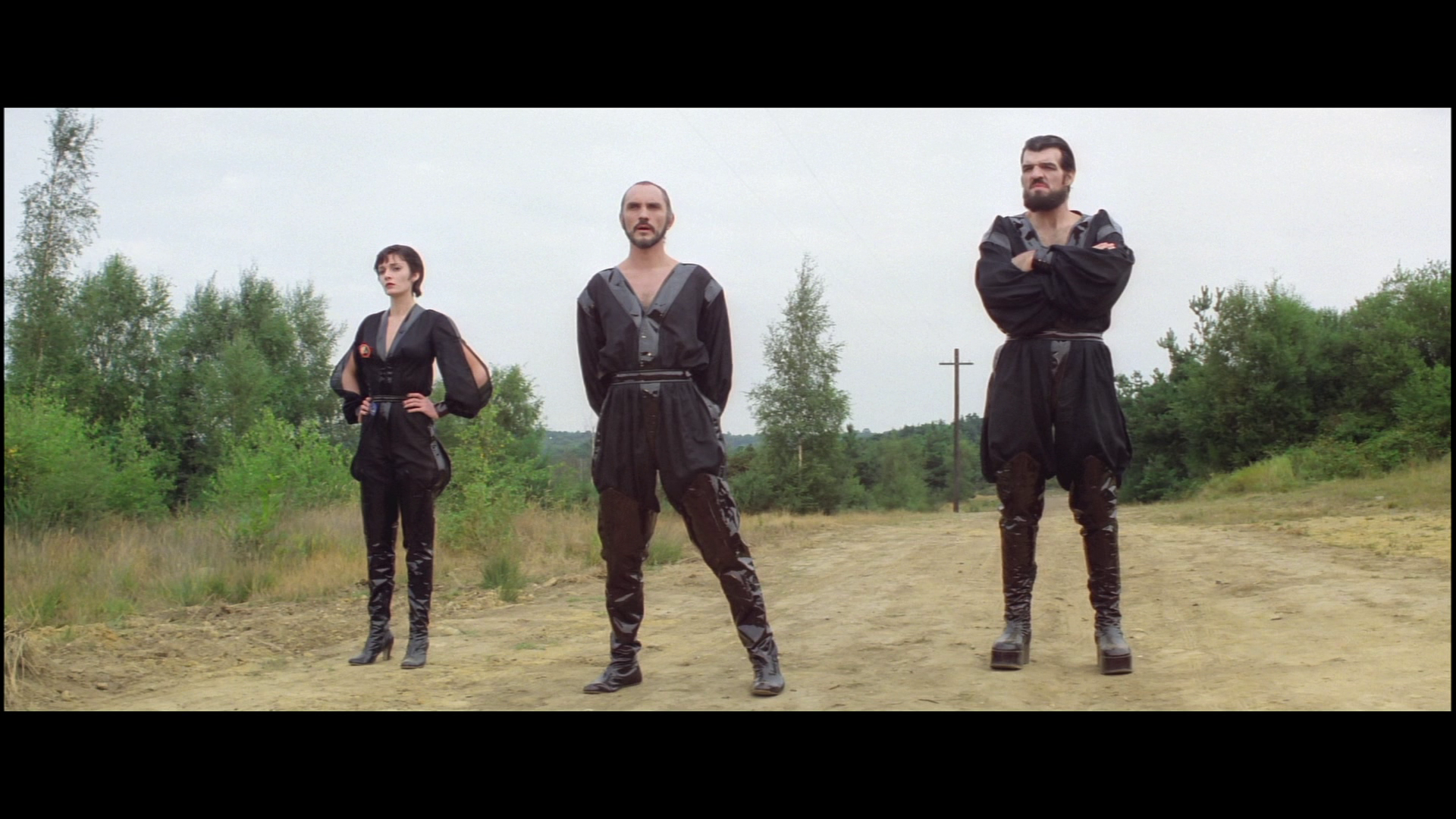
There’s also the issue of Zod, Ursa and Non just not being believable as the unstoppable force we’re repeatedly told they are: Frankly, they look kind of silly removed from their Krypton context, swaggering around in their vinyl disco suits. At one point I started wondering how Terence Stamp might have looked in Gene Hackman’s slightly eccentric Luthor wardrobe before realizing Zod would never adapt the style of an inferior culture. (See? Nerd.) The staginess of the climactic fight sequence also becomes a little more obvious in 4K, since it’s all too clear this is playing out on soundstages rather than real locations.
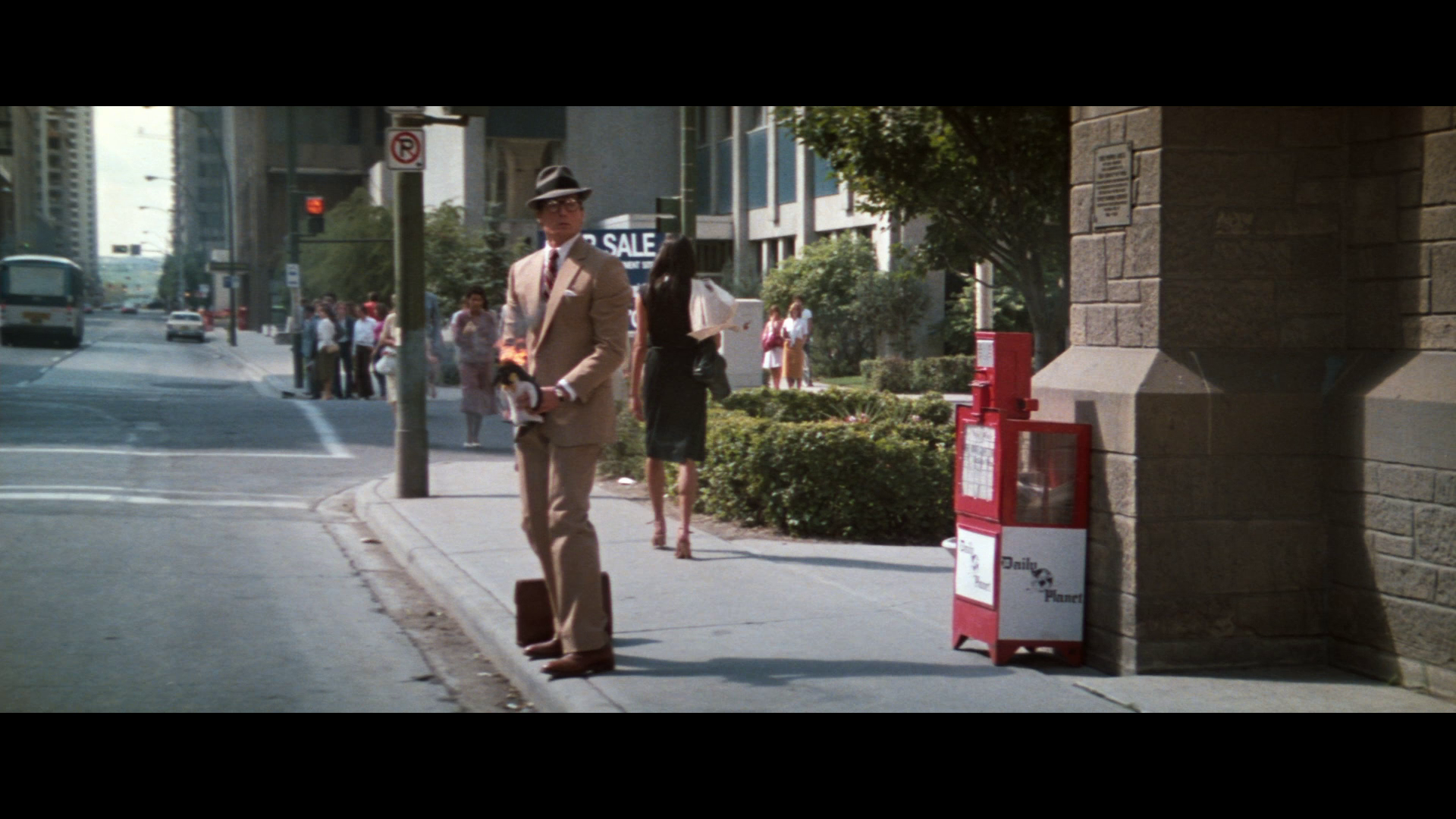
Superman III tries to counteract II’s airlessness with a brighter approach, and also by giving far too much screen time to Richard Pryor’s Gus Gorman. It’s not Pryor’s fault that the movie never figures out who the character is or what he wants from scene to scene; on the page, Gus’ origin seems to be “what if Otis took a computer programming class”, and Pryor does as much as he can with him, which is painful to watch.
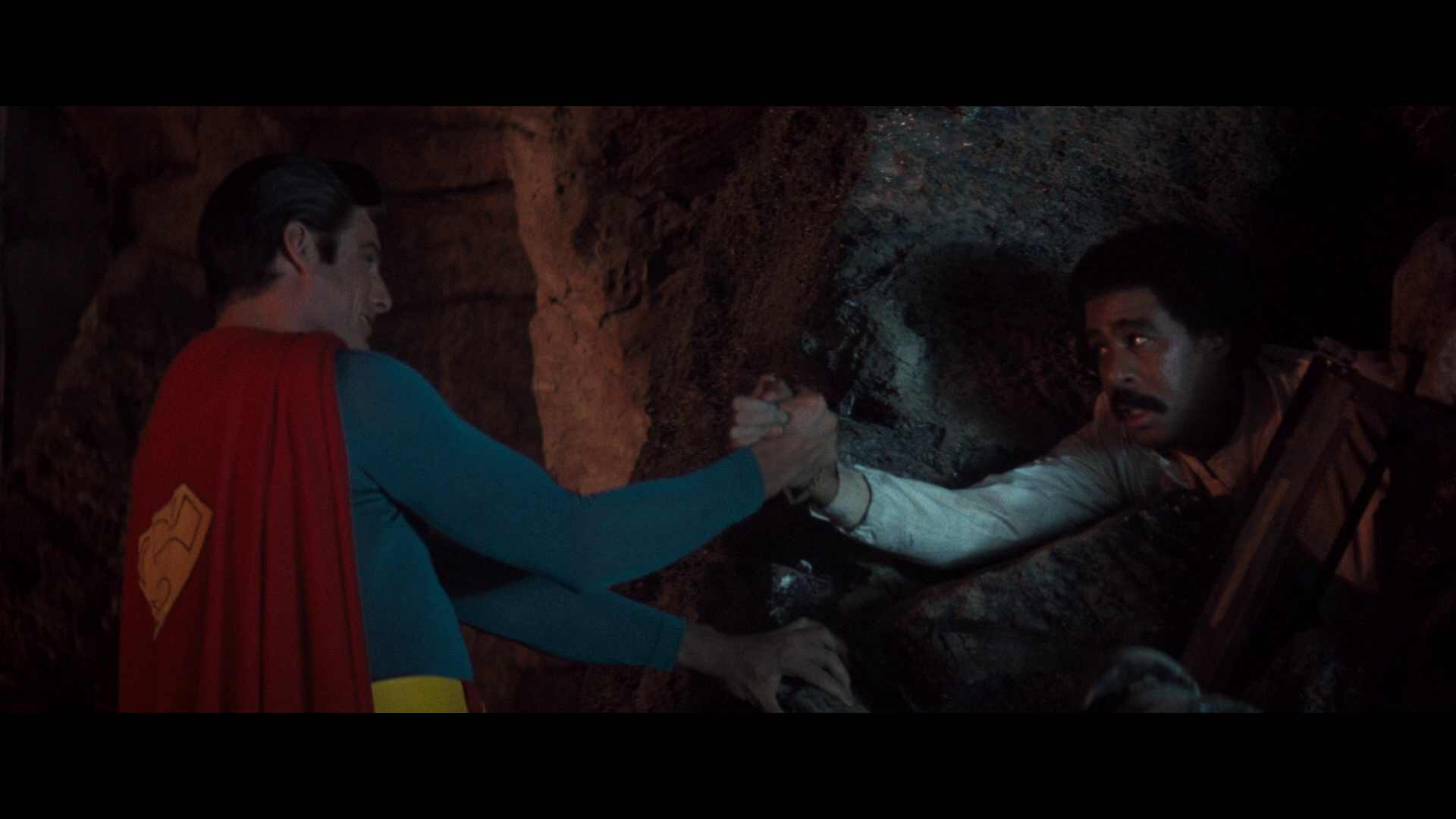
His desperation in the card-key sequence feels like an actor running out of ideas in real time, and the way the movie keeps nudging Gus into the background so Robert Vaughn and Annie Ross’ techno-jerk siblings can use his talents for evil is just a weird misuse of everyone’s skill sets. And anyhow, the real villain of Superman III is played by none other than Christopher Reeve, synthetic Kryptonite having unleashed the surly jerk version of Superman and ultimately forcing Clark to fight his alter ego for dominance – a payoff that duplicates the re-powering arc of Superman II, and which again reminds us that writers really need to think of ways to keep Superman in the story rather than find reasons to remove him from it.
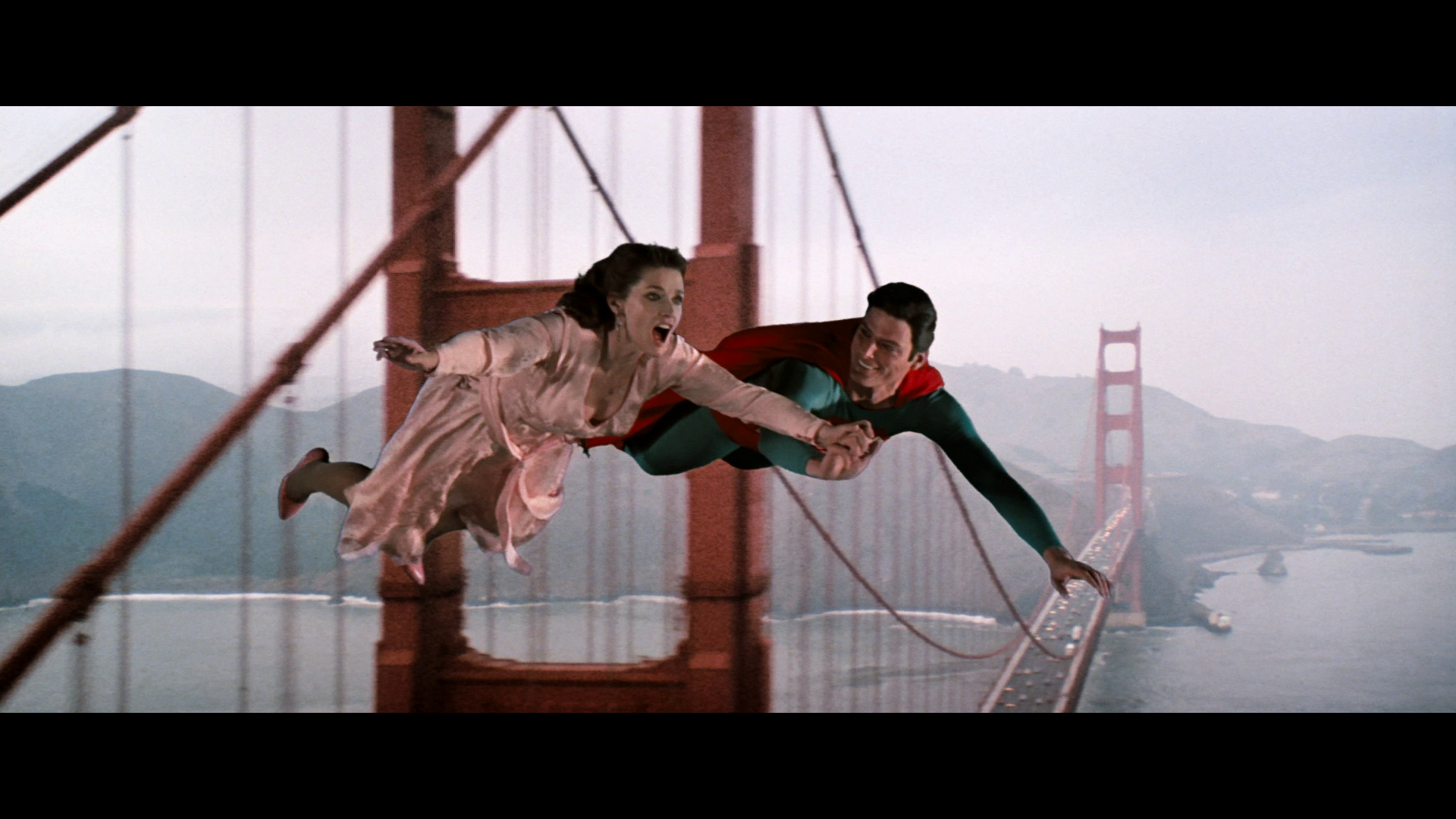
On the other hand, Superman is around for most of Superman IV: The Quest for Peace, and the result isn’t much better. I know Reeve developed the story himself, refusing to return to the franchise unless they made a movie about the real-world issue of nuclear proliferation, but good intentions just weren’t enough, and the shift in production stewardship from Alexander and Ilya Salkind to Cannon Films’ Menachem Golan and Yoram Globus just guaranteed the project wouldn’t get the support it needed at any stage of production. And it didn’t; bereft of anything like vision or polish, The Quest for Peace just sort of thrashes around like someone put Kryptonite around its neck, threw it in a moon pool and left it to die. The film looks even cheaper and patchier in Ultra High Definition – and it looked like crap before, trust me. At least it’s short: The Blu-ray includes half an hour of deleted scenes that wouldn’t have helped in the slightest.
But that’s the beauty of a boxed set, right? Having all the titles assembled soothes the OCD, and as with Warner’s 4K Batman set, we can expect the sequels to be rolled out in individual editions at some point in the future – so if you’ve already bought the existing Superman 4K you can just wait to get the others you want and be contented. Me, I’m already thinking about spinning up the original again. It’s magic.
The 4K set of Superman: 5-Film Collection 1978-1987 is available Tuesday, May 9th from Warner Home Entertainment. You’ll believe a man can fly, and that a franchise can fall apart in under a decade.
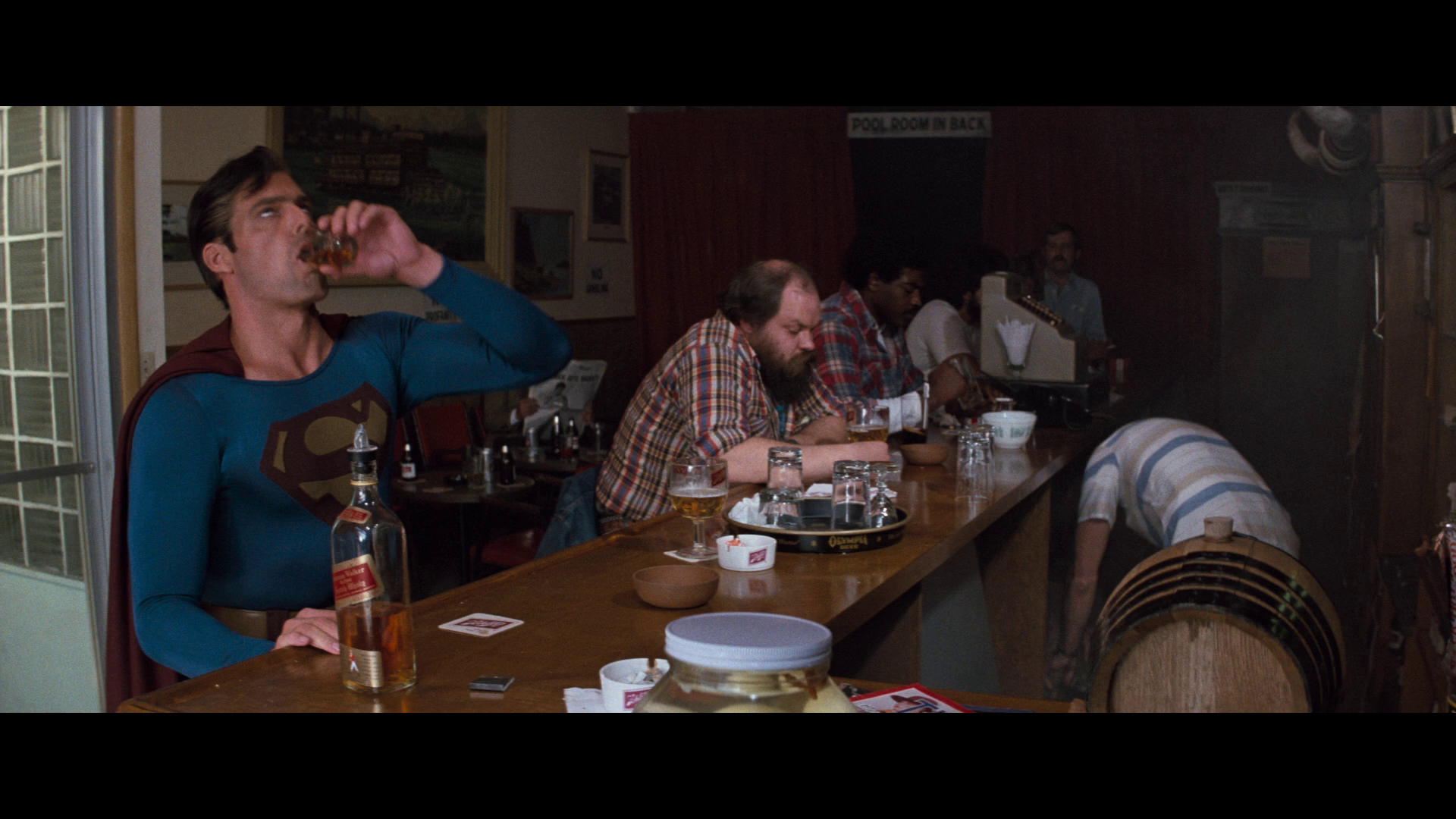
Coming next week: Deep Impact and Knock at the Cabin offer very different visions of the end. Or do they? (Yes, yes they do.) But first, a bonus screengrab because how could I not.
